How to Take Your Print from Good to Great
Industry Spotlight: Printed Threads Owner Brett Bowden
Does the perfect screen print exist? How many times have you tried and failed at getting the perfect print ? Brett Bowden, owner of screen print shop Printed Threads has been in the business long enough to have learned all the best printing practices that took him from amateur level to now one of the most sought out printers in the country. He also gives presentations and demonstrations to thousands of printers a year, so you could say he’s an expert in his craft.
The Perfect Print
So what is the “perfect print”? Is there really such a thing? In Brett’s opinion, the perfect print is subjective on the message that is coming across. To achieve such a task, it takes a few key factors: premium apparel, a meaningful design, and a great touch and feel. When you stick to those substantial pillars, you’re sure to see success.
Why Choose Premium Apparel
Brett explains the importance of steering people to using premium garments. He says “We don’t quote the lower level of garments for our customers. When a customer comes to us and says we want 10,000 shirts, we say use BELLA+CANVAS 3001. It’s not that much more expensive, but in the long run, you get a huge amount of impressions. People will actually wear that shirt and maybe even call it their favorite T-Shirt. The investment will pay in dividends down the road.” When you chose a premium basic over a trade basic, you’re setting yourself up to create a consistent and high-quality experience for your customers. When a garment is soft, fits well and looks great, people will wear it again and again, essentially becoming a walking billboard for your company providing significant impressions that convert to end-user sales!
How the ‘Why’ of Your T-Shirt Brand Impacts Design
“When it comes to design, intention is the most crucial element”, Alex the Creative Director of Printed Threads shares. “The ink you use and the way that you design, should cater specifically to the event.” For example, if you’re designing shirts for a 5k marathon, keep in mind the activity that will be taking place by the end users. Rather than using large blocks of plastisol ink (which will weigh it down and retain heat), consider using smaller more functional designs, using the materials that you have to make a shirt that is equally fashionable + functional. Ask yourself “What is the shirt’s purpose and how can your design offer support for that purpose?“
Tips to Improve Your Printing Quality on Press
Ink
Once the customer has decided on the shirt and the designer has created something specifically for that garment, the next decision is the type of ink. Is it a 100% cotton shirt or a shirt that will discharge well? Are you printing for a big brand that needs complete Pantone accuracy? If so, you might want to revert to a plastisol ink to make sure you’re spot on with color matching every time.
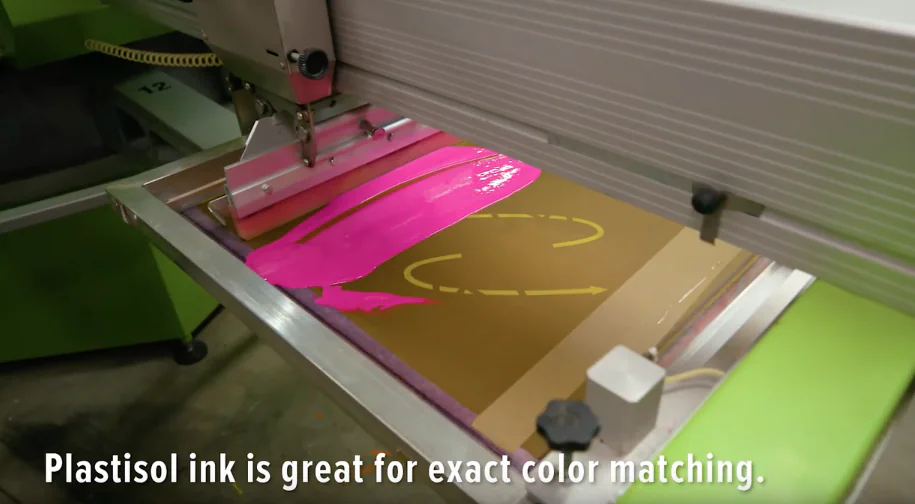
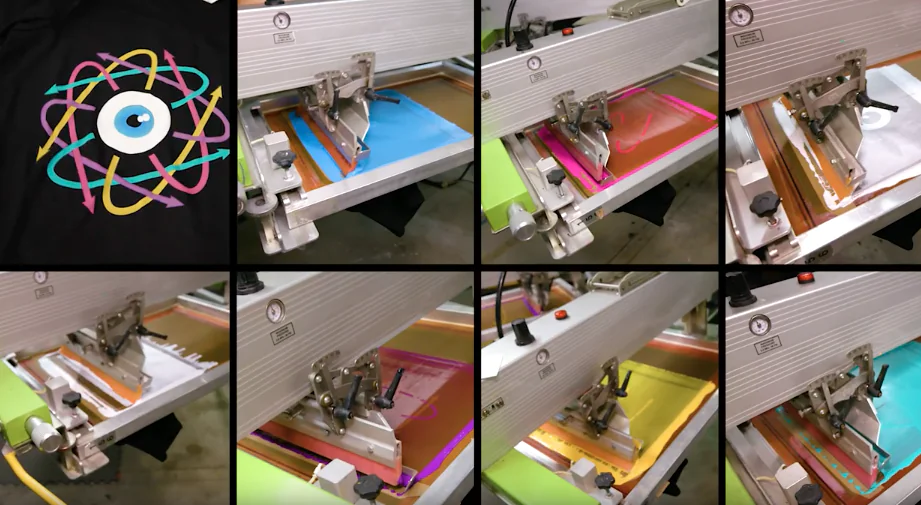
Mesh Count
With the design and materials nailed down, we headed to the printing floor for Brett to demonstrate his key points using a black 3001 T-Shirt, seven different colors of discharge ink and a 200 mesh count. Because of the suspension of the density of the mesh, a higher mesh count will hold water-based or discharge ink better. “In a job like discharge, we want to make sure that we are getting good saturation of ink into the garment. If we had a plastisol or discharge job with a design of a lot of tiny little dots or half-tones, we’re going to up that level to 230 or 280 mesh. But specifically for this job, we’re going to use 156 mesh to make sure we’re getting really good saturation of that discharge ink into the garment,” Brett explains.
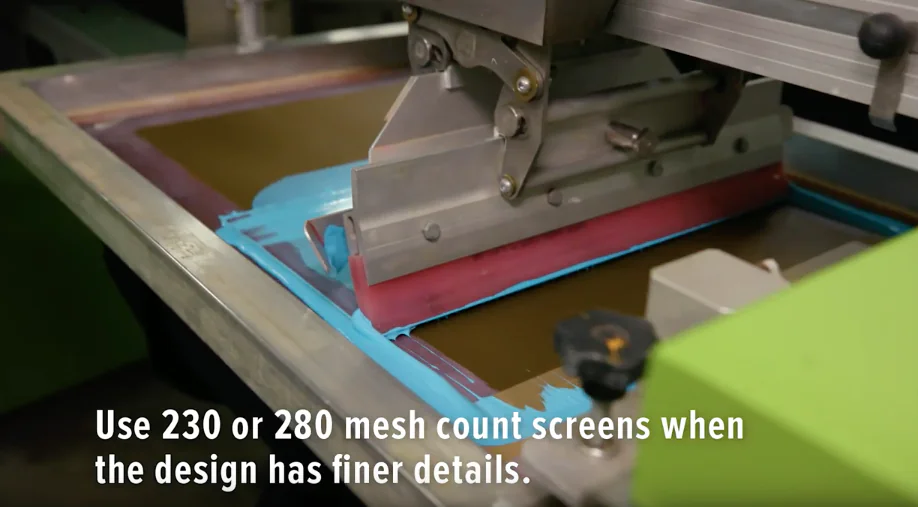
Sharp Squeegee
Make sure your squeegee is only using the sharp edge when applying ink. A sign of too much pressure from your squeegee on the screen is when the side of the squeegee is pressing the ink down instead of the edge.
For discharge and water-based inks, apply more firm pressure to the ink so it is absorbed in the garment. Just make sure there is no bend in the squeegee while doing so. For plastisol inks, use less pressure so the ink sits on top of the garment rather than sinking into it.
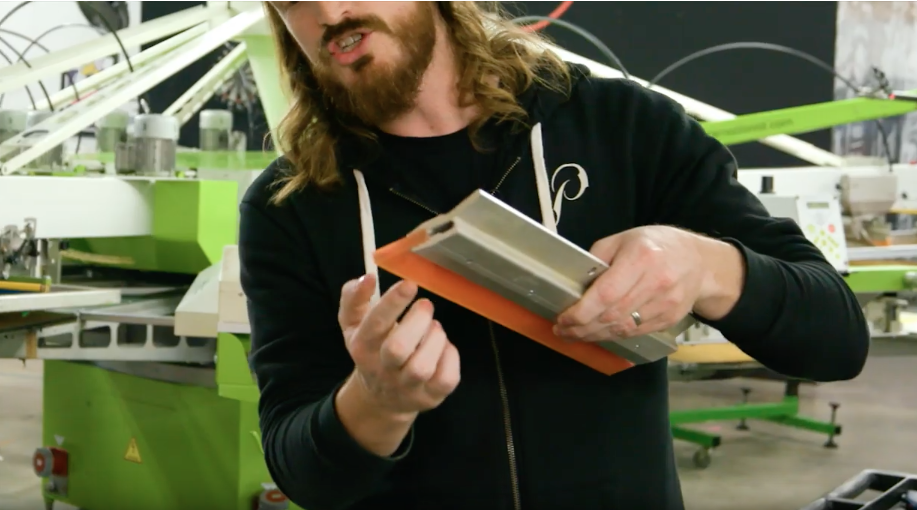
Curing Temperature
Discharge and water-based ink prints need longer dwell time in order for water to evaporate out of the ink before completing its process down the dryer. Because water evaporates at 212 degrees, 320 is the sweet spot for preventing ink from washing out once in the hands of the end customer. Use an inferred temperature gun to double check your garment’s ink temperature. PRO TIP: For better results, use a donut probe to have a more accurate and reliable temperature reading of your garment’s temperature down the dryer.
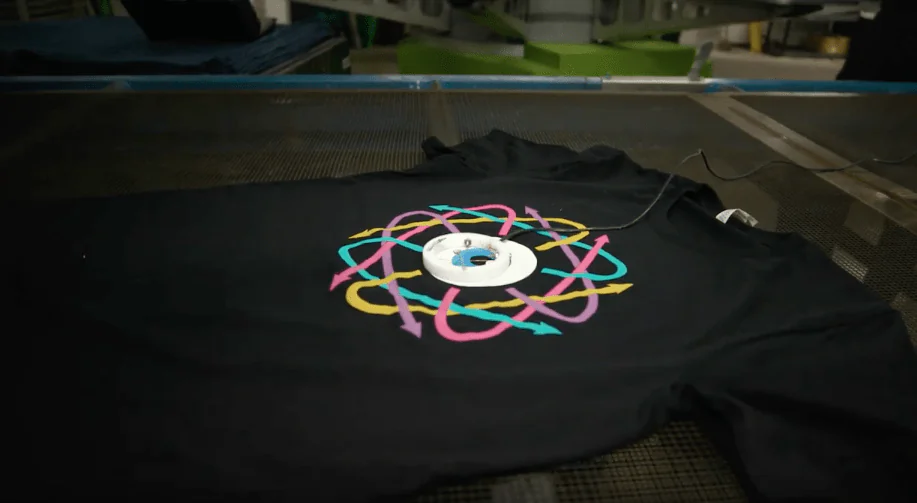
Check Back With Your Customer
The final step of the process? Check back with your customer. Set a timeframe of 30 days to check back to see how they like their prints. If they loved it, ask them to leave a positive review on Google! If they didn’t have a great experience, ask how you can do it better and make it right next time.
To any of you screen printers out there looking for those extra tips to improve your printing process, did we answer all of your questions? What are your print shop hurting points? Leave your feedback in the comments below!
_______
Create an account with Bella+Canvas here!
Join our Facebook Group, Bella+Canvas Insiders – click here!
Read more articles here for additional business & marketing tips!



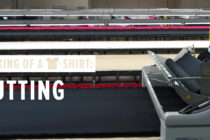


4 Comments
Personalized T Shirts
Its a nice post keep sharing the valuable information like this
BELLA+CANVAS
Thanks so much for the positive feedback! 🙂
Emily Bennette
I liked that you pointed out that it would be smart to use a sharp squeegee. I had no idea that would help press the ink more firmly into the cloth. It does seem like you would want tog et the ink to take as best as you can. That is great to understand because my family wants to get printed shirts for our family reunion next spring.
BELLA+CANVAS
Hi Emily! Glad you enjoyed our post! Yes, having a sharp squeegee helps the ink to be absorbed in the garment which gives the best results!